Thin phones are cool, but Samsung isn’t the right company to make them right now
Samsung finally took the wraps off the Galaxy S25 Edge, debuting the thinnest smartphone the company has made to date. It’s got a stunning 6.7-inch AMOLED screen, a 200MP main camera on the back alongside a 12MP ultrawide camera, Corning Gorilla Armor 2 protection all around, and the top-notch Snapdragon 8 Elite processing package inside for true flagship-tier performance.
And while it comes in an unbelievably thin 5.8mm frame and the incomparable One UI 7 powering the experience, it has one major setback that’s going to drive most of its users crazy: a tiny battery and relatively slow charging.
You see, while Samsung’s software experience is truly superb and Galaxy AI is more feature-rich than any other company’s AI offerings right now, Samsung’s hardware team is still using outdated battery and charging tech. While it could offset this with faster charging tech, the company has shown that it’s not willing to keep up with the Joneses in this regard, either.
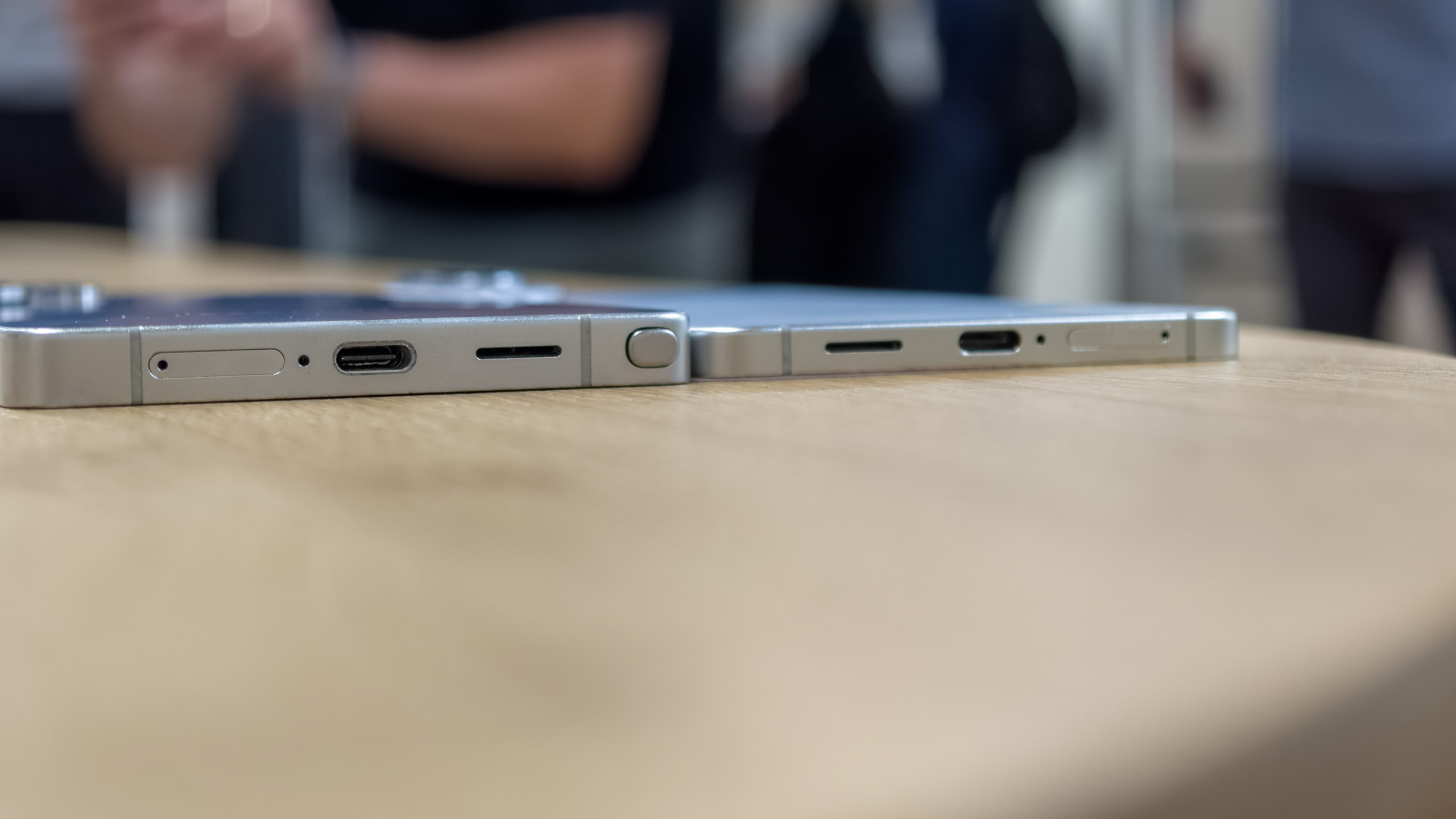
Meanwhile, companies like Honor and OnePlus are using silicon-carbon batteries in their phones and have been for years, in Honor’s case. Using a silicon carbon anode allows these companies to make denser batteries that are able to withstand extreme temperatures, last longer, and charge faster than the regular Li-Ion batteries Samsung uses.
Using a silicon-carbon anode negates the swelling that could otherwise occur with pure silicon batteries — something Samsung never wants to have happen after the Galaxy Note 7 — and makes it possible to increase the battery’s density by around 13%. That means Samsung could have put a 4,400mAh battery inside the Galaxy S25 Edge if it used silicon carbon, whereas the Li-Ion battery inside the phone is only 3,900mAh.
Considering most modern Android phones sport batteries between 5,000mAh and 6,000mAh in capacity, battery life on the S25 Edge is all but guaranteed to be sub-par. Samsung confirmed to Android Central that the Galaxy S25 Edge’s battery is made of the same materials as the rest of the S25 lineup. To be fair to Samsung, this battery is only 100mAh smaller than the base Galaxy S25, and while battery life isn’t horrible on that phone, it isn’t excellent, either.
A small battery is already a challenge, but 25W charging from 2020 makes it even worse.
Samsung could offset the small battery with ultra-fast charging, but the company doesn’t seem to want to push that envelope, either. Instead, the S25 Edge maxes out at 25W. That’s nearly 1/3 of what Honor offers on the 4.4mm thin Honor V3, for example, meaning there’s no chance to get a quick top-up if you run out of juice halfway through the day.
To make a truly successful ultra-thin flagship phone, a company has to conquer four main pillars: processing power and thermals, camera quality, battery life, and charging speed. Samsung seems to have nailed the first two thanks to the Qualcomm Snapdragon 8 Elite, a thinner and broader heat chamber, and a 200MP main camera, but I have serious doubts about the remaining two requirements.
If nearly any other Android manufacturer made this phone — Vivo, Xiaomi, Honor, OnePlus, or Motorola — I think they could have nailed all four and called it a day. But Samsung’s fear of battery technology and charging speeds is, once again, hamstringing the potential greatness of its latest flagship, and that’s the real shame of it all.
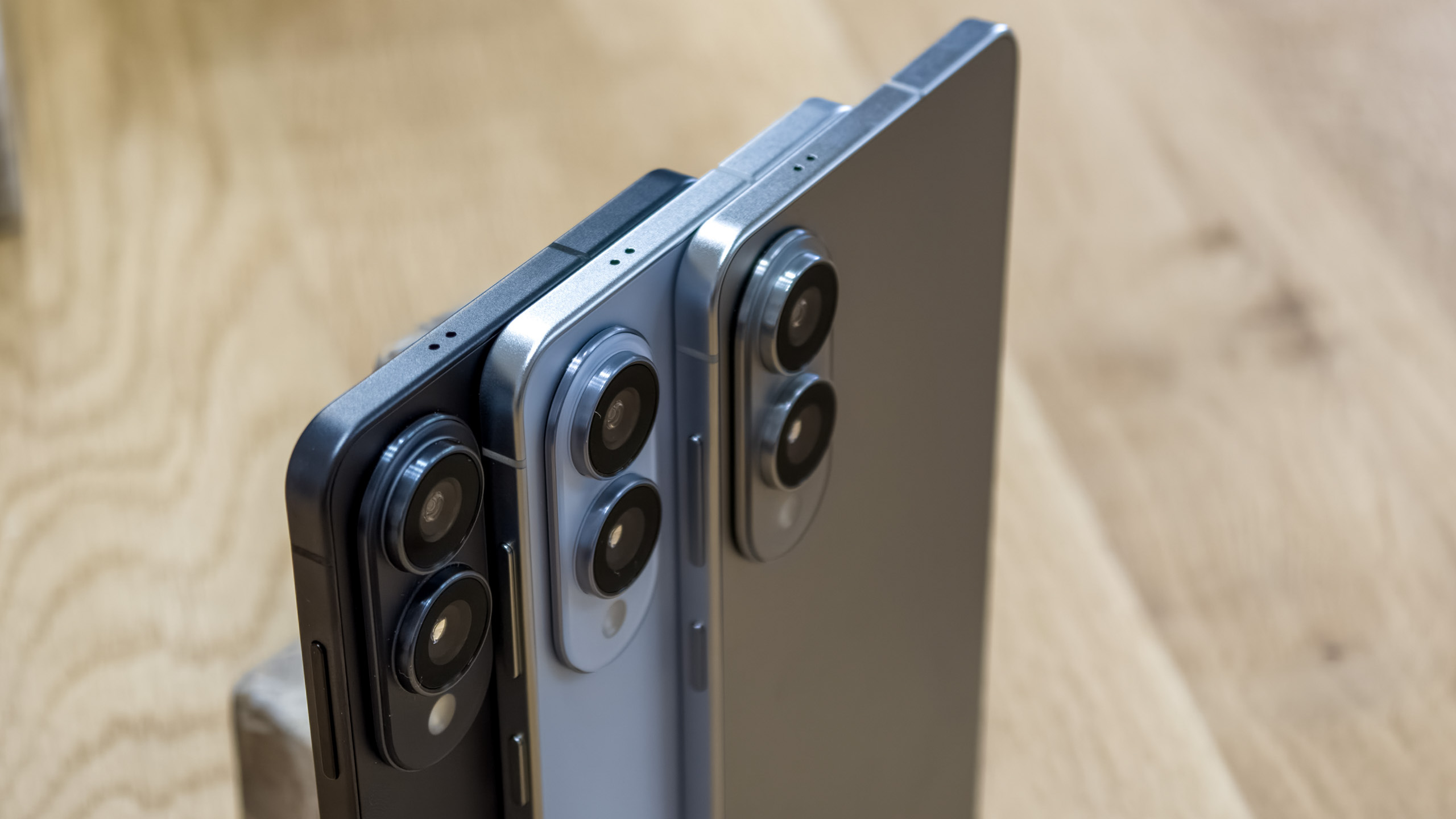
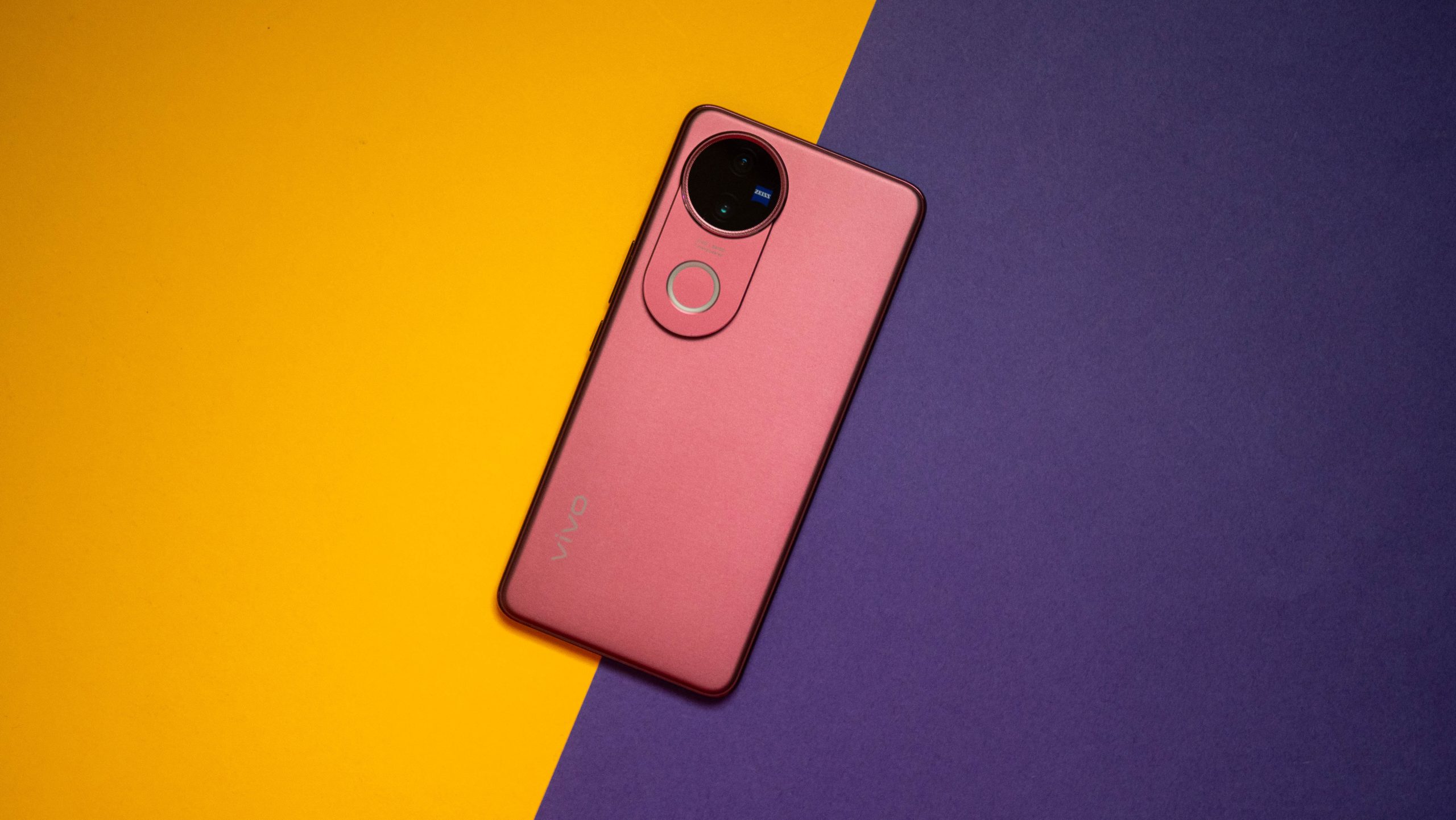
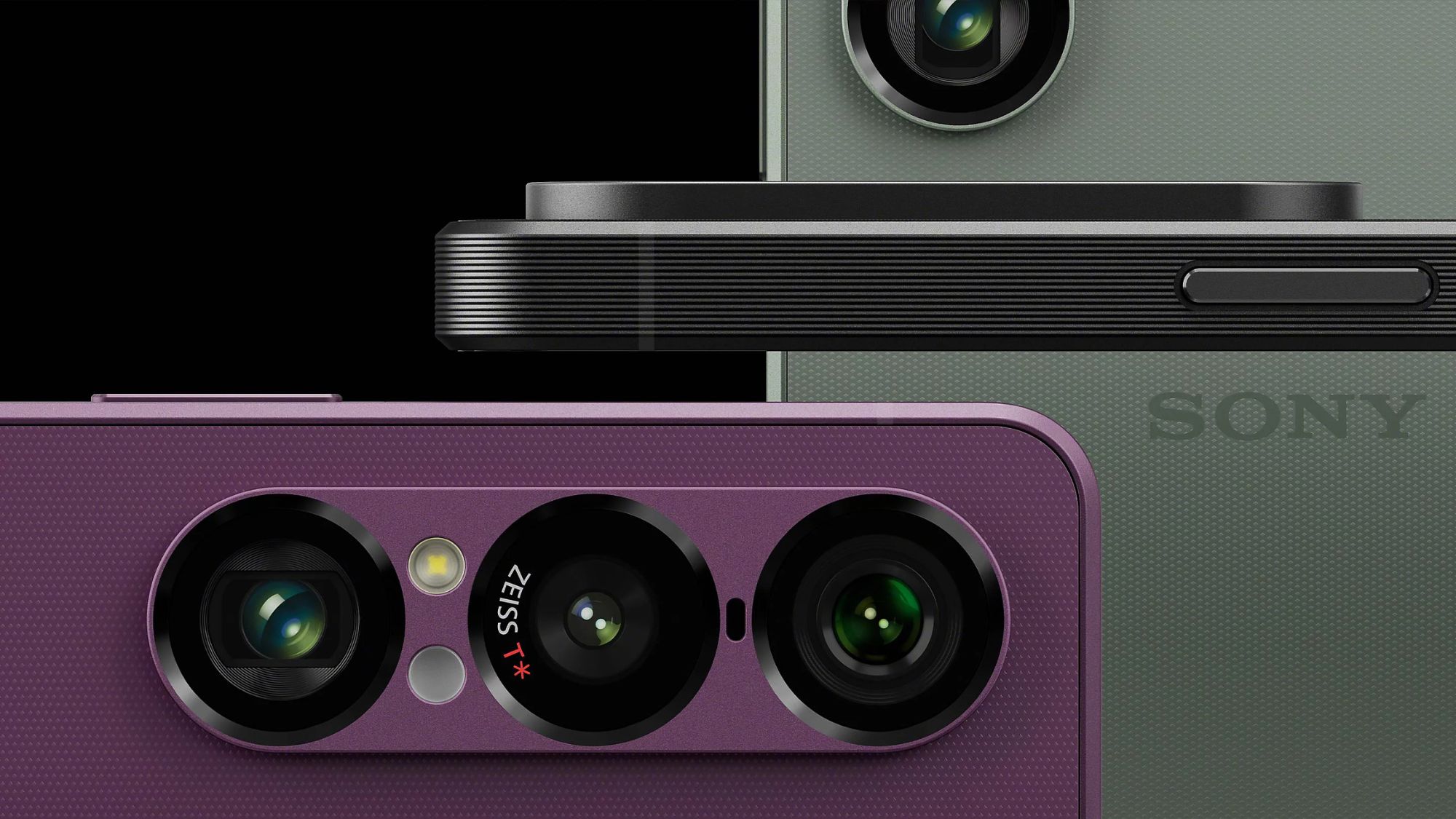
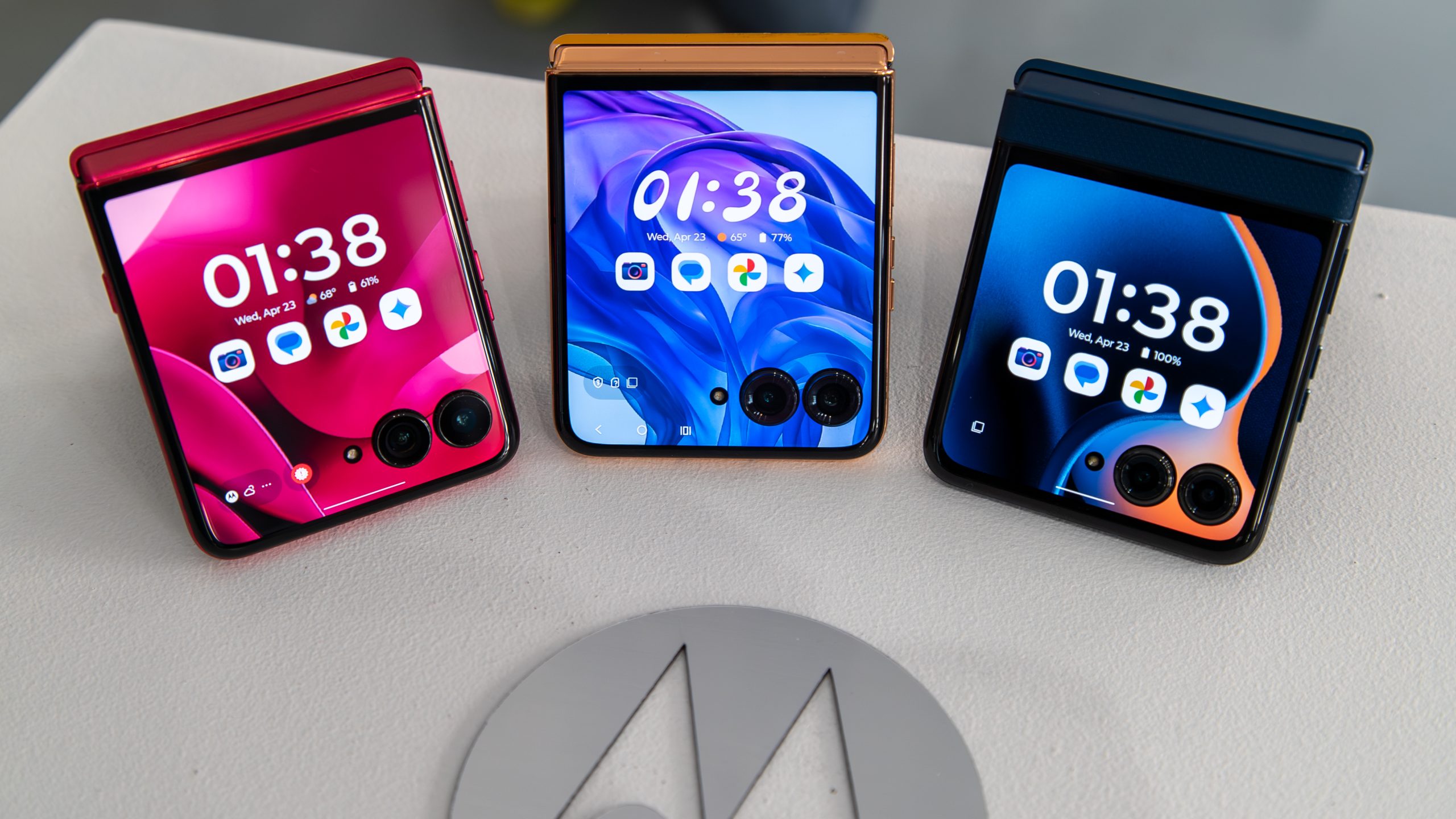
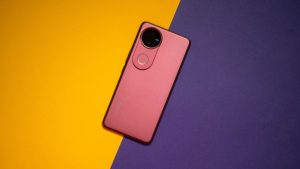
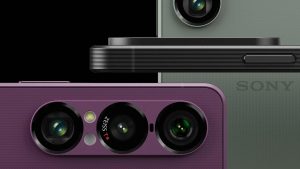
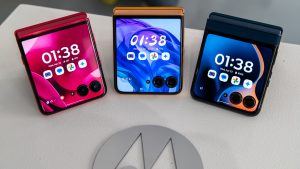

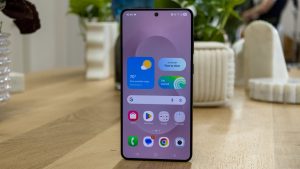
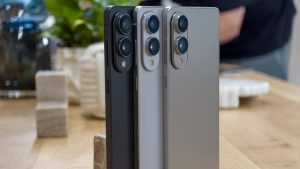
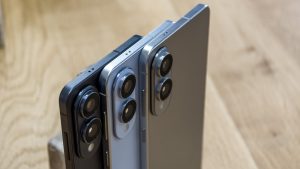
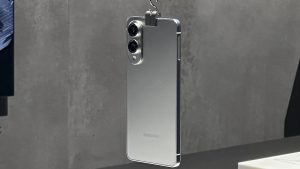
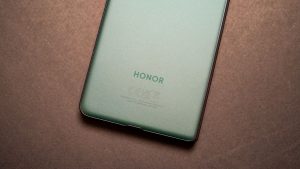
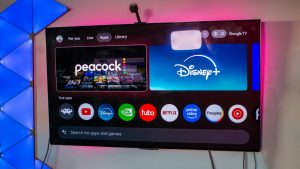
Post Comment